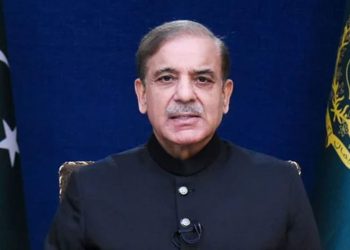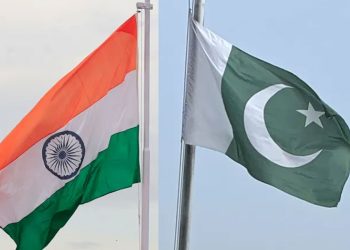On the improved margins given by government securities and Sukuks, the banking industry’s investment surpassed the benchmark of Rs. 15 trillion by the end of March 2022.
By the end of March 2021, the banking sector’s investment had increased by 20% year on year to Rs. 12.25 trillion, while by the end of February 2022, it had increased by over 3% to Rs. 14.54 trillion.
Banks’ investments are loans to the government, as evidenced by T-bills, Pakistan Investment Bonds (PIBs), and Sukuks. Aside from private term finance certificates, term deposit certificates, and mutual funds, commercial banks invest in private term finance certificates, term deposit certificates, and mutual funds.
When the policy rates were changed, not only did the margins on government securities improve significantly, but so did the rates on deposits and savings, attracting customers to park their money in financial products.
According to SBP data, bank deposits increased by 14% over the previous year to Rs. 20.27 trillion in March.
In March, Pakistanis living overseas sent $2.8 billion in remittances, a new high. As part of the monthly inflows, they were converted to Rs. 518 billion at a rupee-dollar exchange rate of Rs. 185 per dollar.
According to AHL, the commercial banks’ investment to deposit ratio (IDR) – deposits provided to the government through the acquisition of government papers – increased by 321 basis points to 73 percent in March from the same month the previous year.
Both the increase in IDR and the cut-off yields show that the government is heavily reliant on domestic institutional finance to cover the budget shortfall.
The trend in commercial bank loans to the private sector has likewise been positive. In March, bank advances increased by 20% to Rs. 10.33 trillion.
According to Ismail Iqbal Securities Head of Research Fahad Rauf, the increase in advances was mostly attributable to the launch of concessionary and subsidized lending packages for businesses and households.
A temporary economic refinance facility (TERF) for industries to expand their existing businesses and start new ones, low-cost house financing like Mera Ghar Mera Pakistan, an export finance scheme (EFS), and a long-term finance facility (LTFF) for the import of machinery and supply of working capital were among the concessionary and subsidized loan schemes.




